-
 bitcoin
bitcoin $122659.385674 USD
0.52% -
 ethereum
ethereum $4484.113342 USD
-0.09% -
 bnb
bnb $1304.229256 USD
-0.85% -
 tether
tether $1.000204 USD
-0.03% -
 xrp
xrp $2.860636 USD
-0.51% -
 solana
solana $227.288799 USD
2.36% -
 usd-coin
usd-coin $0.999805 USD
0.01% -
 dogecoin
dogecoin $0.252837 USD
1.18% -
 tron
tron $0.341149 USD
1.12% -
 cardano
cardano $0.830507 USD
0.33% -
 hyperliquid
hyperliquid $45.792319 USD
0.04% -
 chainlink
chainlink $22.422164 USD
1.55% -
 ethena-usde
ethena-usde $1.000283 USD
0.01% -
 sui
sui $3.511389 USD
0.83% -
 stellar
stellar $0.385276 USD
-0.44%
What is the difference between the metaverse and Web3?
Web3 enables user-owned digital economies via blockchain, while the metaverse offers immersive virtual experiences—distinct yet interconnected layers of the evolving internet.
Aug 31, 2025 at 01:36 am
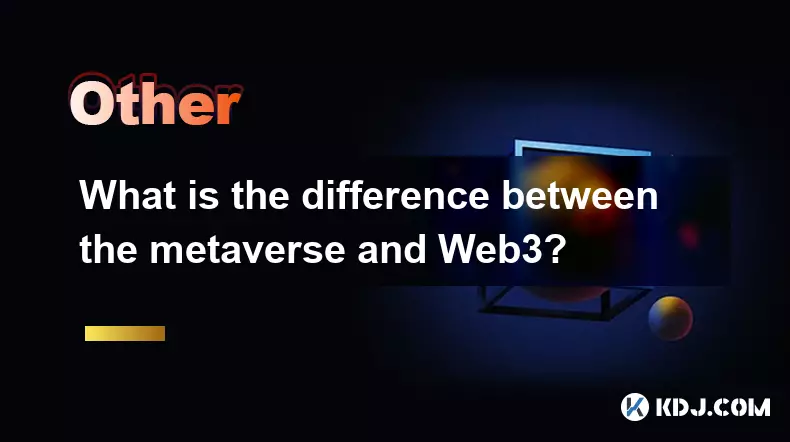
Understanding the Foundations of Web3
1. Web3 represents the next evolutionary phase of the internet, built on decentralized protocols using blockchain technology. It shifts control from centralized tech giants to individual users, enabling ownership of digital assets through cryptocurrencies and non-fungible tokens (NFTs). Users interact with decentralized applications (dApps) that run on peer-to-peer networks, eliminating the need for intermediaries.
2. Identity in Web3 is self-sovereign, meaning individuals manage their digital identities without relying on platforms like Google or Facebook. Wallets serve as both identity and access tools, allowing seamless movement across dApps while maintaining privacy and security. This model fosters trustless transactions, where smart contracts automatically execute agreements without third-party oversight.
3. Financial systems in Web3 are redefined through decentralized finance (DeFi). Users can lend, borrow, trade, and earn interest without traditional banks. Protocols operate transparently on public blockchains, with all transactions recorded immutably. This openness allows for greater financial inclusion, especially in regions underserved by conventional banking infrastructure.
4. Data ownership becomes a core principle in Web3. Instead of corporations monetizing user data, individuals retain control and can choose how their information is used. Data storage is often distributed across networks like IPFS, reducing the risk of large-scale breaches and censorship. This shift empowers users to participate more actively in digital economies.
5. Governance in Web3 platforms is typically community-driven through decentralized autonomous organizations (DAOs). Token holders vote on proposals, influencing the direction of projects. This democratic structure contrasts sharply with top-down decision-making in Web2 companies, promoting transparency and accountability in platform development.
The Metaverse: A Virtual Experience Layer
1. The metaverse refers to immersive digital environments where users interact through avatars in real-time. These spaces are persistent, meaning they continue to exist and evolve even when individuals are not present. While often associated with virtual reality (VR) and augmented reality (AR), the metaverse can also be accessed via traditional devices like smartphones and computers.
2. Social interaction is a primary focus within the metaverse. Users attend virtual concerts, collaborate in workspaces, or explore digital cities. Platforms like Decentraland and The Sandbox offer user-generated content, allowing creators to build experiences and monetize them directly. These interactions simulate physical world dynamics in a digital context.
3. Digital ownership plays a crucial role in the metaverse economy. Virtual land, wearables, and other assets are often represented as NFTs, ensuring verifiable scarcity and authenticity. Users can buy, sell, and trade these items across marketplaces, creating a functioning virtual economy tied to real-world value through cryptocurrency exchanges.
4. Interoperability is an aspirational goal for the metaverse, aiming to allow avatars, assets, and identities to move seamlessly between different virtual worlds. While still largely unrealized, this concept aligns closely with Web3 principles of decentralization and user control. Standards for asset formats and communication protocols are being developed to support cross-platform functionality.
5. Corporations and brands are increasingly investing in metaverse spaces for marketing, customer engagement, and product launches. Virtual storefronts, branded events, and digital collectibles serve as new avenues for consumer interaction. These efforts reflect a growing recognition of virtual spaces as legitimate extensions of commercial activity.
Key Distinctions Between Web3 and the Metaverse
1. Web3 is an architectural framework for decentralization, while the metaverse is a user-facing digital environment. Web3 provides the underlying infrastructure—blockchains, wallets, smart contracts—that can support metaverse applications, but it extends far beyond virtual worlds into areas like decentralized identity and finance.
2. The metaverse emphasizes immersive experience and presence, whereas Web3 prioritizes ownership and control. One can engage with Web3 through simple interfaces like a browser extension wallet, while the metaverse typically requires spatial computing elements such as 3D rendering and real-time interaction.
3. Not all metaverse platforms are built on Web3 principles. Some, like certain VR social spaces, operate on centralized servers with proprietary economies. Conversely, many Web3 applications exist entirely outside the metaverse, such as decentralized exchanges or prediction markets.
4. Interoperability in Web3 is technical and protocol-based, while in the metaverse it is experiential and spatial. Web3 enables different applications to share data and assets through common standards like ERC-20 or ERC-721. The metaverse seeks to unify user experiences across virtual spaces, allowing consistent identity and asset use regardless of the environment.
5. The timeline of adoption differs. Web3 technologies are already functional, with millions using DeFi, NFTs, and DAOs daily. The full vision of the metaverse—persistent, interconnected, and widely adopted virtual worlds—remains in development, constrained by hardware limitations and user interface challenges.
Frequently Asked Questions
Can the metaverse exist without Web3?Yes, the metaverse can function on centralized infrastructure. Platforms like Fortnite or Roblox offer metaverse-like experiences without blockchain integration. However, these versions limit user ownership and control over assets and data.
Is Web3 only about cryptocurrency?No, while cryptocurrency is a key component, Web3 encompasses broader concepts such as decentralized identity, data sovereignty, and peer-to-peer governance. Cryptocurrencies serve as the economic layer enabling these systems to operate autonomously.
Do you need VR to access the metaverse?Not necessarily. While VR enhances immersion, many metaverse platforms are accessible through desktop and mobile devices. The defining feature is real-time interaction in a shared digital space, not the specific hardware used to access it.
Are NFTs essential to the metaverse?In decentralized metaverses, NFTs are critical for proving ownership of digital items like land, avatars, and wearables. In centralized versions, similar items may exist but lack true ownership, as they can be altered or removed by the platform operator.
Disclaimer:info@kdj.com
The information provided is not trading advice. kdj.com does not assume any responsibility for any investments made based on the information provided in this article. Cryptocurrencies are highly volatile and it is highly recommended that you invest with caution after thorough research!
If you believe that the content used on this website infringes your copyright, please contact us immediately (info@kdj.com) and we will delete it promptly.
- Whale Profit, Memecoins, and PEPE Volatility: A New Yorker's Take
- 2025-10-09 12:25:16
- BNB, MAGACOIN FINANCE, and ROI: Catching the Next Wave
- 2025-10-09 12:45:12
- BlockDAG, Formula 1, and Crypto Investing: A Winning Combination?
- 2025-10-09 12:25:16
- Shayne Coplan, Polymarket, and the POLY Token: Is Launch Imminent?
- 2025-10-09 12:30:03
- Trump Coin ETF, DTCC Listing, TRPC Ticker: A New Era for Political Meme Coins?
- 2025-10-09 11:40:03
- NYSE, Polymarket, and MAGACOIN: Wall Street Bets on Web3, Retail Traders Follow Suit
- 2025-10-09 11:40:03
Related knowledge
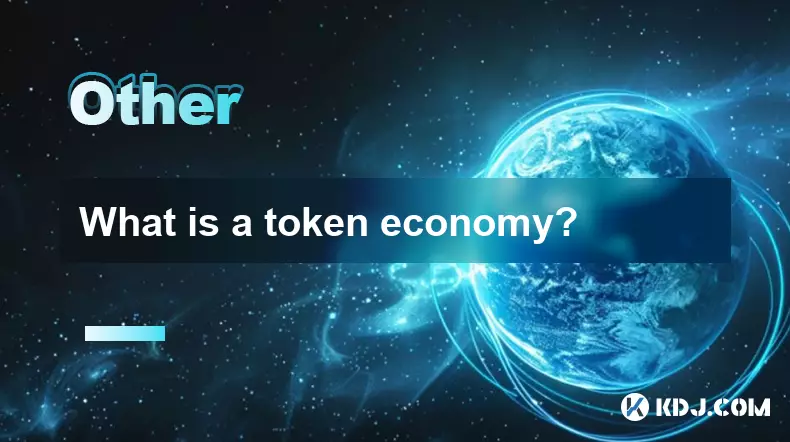
What is a token economy?
Sep 20,2025 at 12:18am
Understanding the Foundations of a Token Economy1. A token economy in the context of cryptocurrency refers to a system where digital tokens are used a...
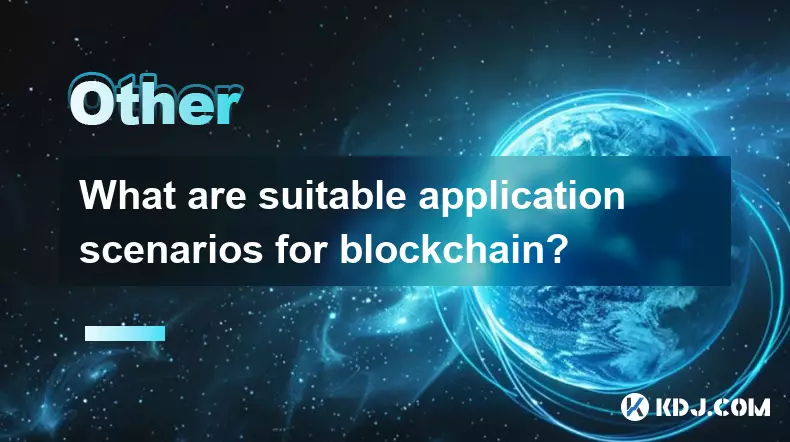
What are suitable application scenarios for blockchain?
Sep 20,2025 at 03:19am
Decentralized Finance (DeFi) Platforms1. Blockchain enables the creation of financial services without centralized intermediaries, allowing users to l...
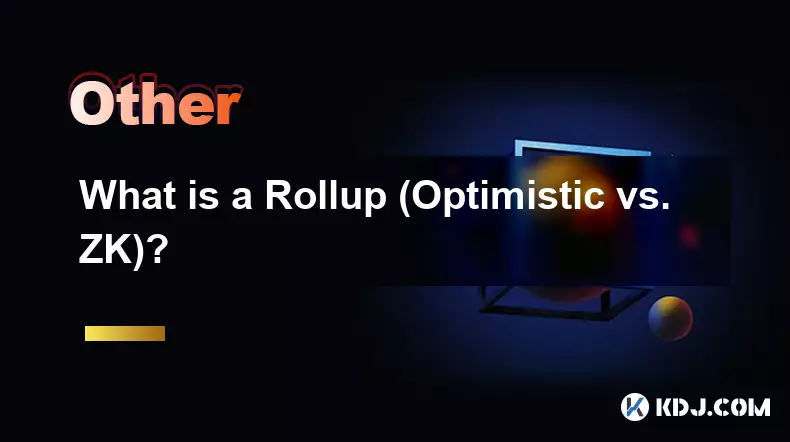
What is a Rollup (Optimistic vs. ZK)?
Sep 22,2025 at 03:00pm
Understanding Rollups in Blockchain Technology1. Rollups are layer-2 scaling solutions designed to increase transaction throughput on blockchains like...
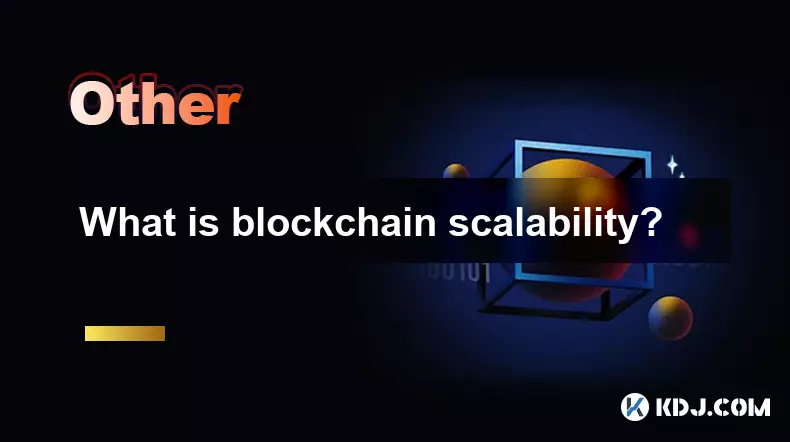
What is blockchain scalability?
Sep 19,2025 at 06:18am
Understanding Blockchain Scalability1. Blockchain scalability refers to a network's ability to handle an increasing number of transactions without com...
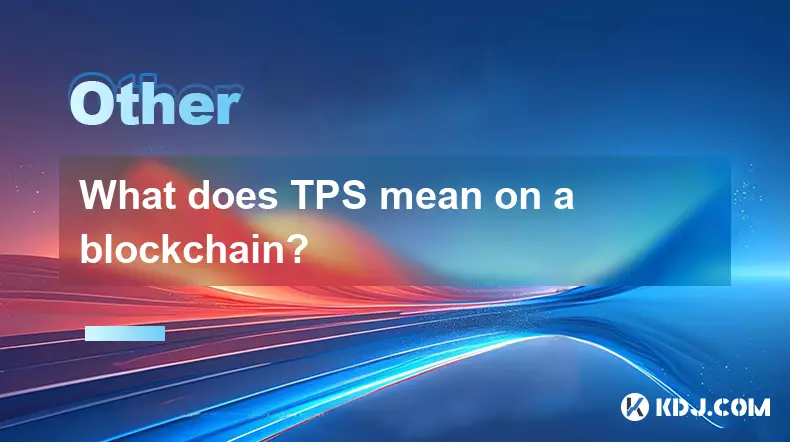
What does TPS mean on a blockchain?
Sep 21,2025 at 09:54am
Understanding TPS in Blockchain Technology1. TPS stands for Transactions Per Second, a metric used to measure the number of transactions a blockchain ...
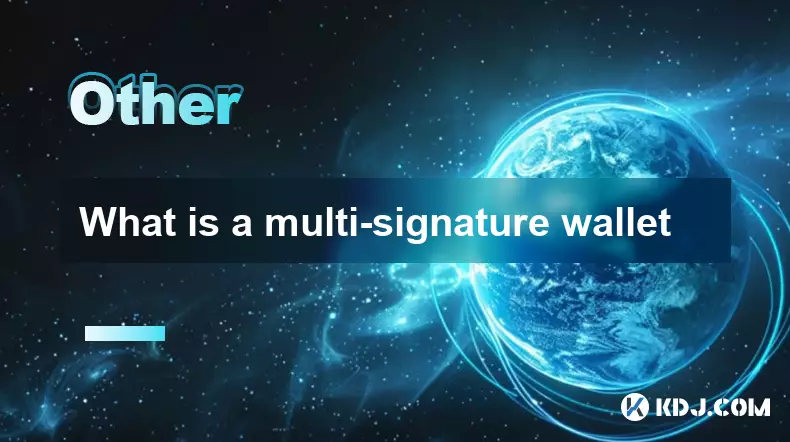
What is a multi-signature wallet
Sep 20,2025 at 07:00am
Understanding Multi-Signature Wallets in Cryptocurrency1. A multi-signature wallet, often referred to as a multisig wallet, is a type of cryptocurrenc...

What is a token economy?
Sep 20,2025 at 12:18am
Understanding the Foundations of a Token Economy1. A token economy in the context of cryptocurrency refers to a system where digital tokens are used a...

What are suitable application scenarios for blockchain?
Sep 20,2025 at 03:19am
Decentralized Finance (DeFi) Platforms1. Blockchain enables the creation of financial services without centralized intermediaries, allowing users to l...

What is a Rollup (Optimistic vs. ZK)?
Sep 22,2025 at 03:00pm
Understanding Rollups in Blockchain Technology1. Rollups are layer-2 scaling solutions designed to increase transaction throughput on blockchains like...

What is blockchain scalability?
Sep 19,2025 at 06:18am
Understanding Blockchain Scalability1. Blockchain scalability refers to a network's ability to handle an increasing number of transactions without com...

What does TPS mean on a blockchain?
Sep 21,2025 at 09:54am
Understanding TPS in Blockchain Technology1. TPS stands for Transactions Per Second, a metric used to measure the number of transactions a blockchain ...

What is a multi-signature wallet
Sep 20,2025 at 07:00am
Understanding Multi-Signature Wallets in Cryptocurrency1. A multi-signature wallet, often referred to as a multisig wallet, is a type of cryptocurrenc...
See all articles










































































